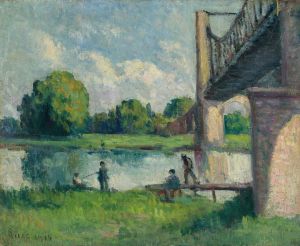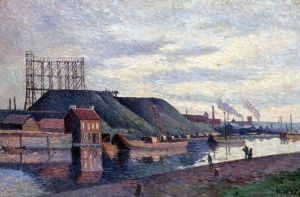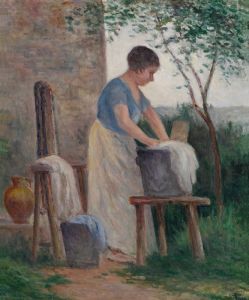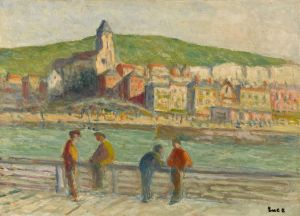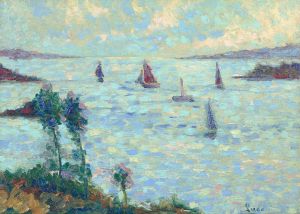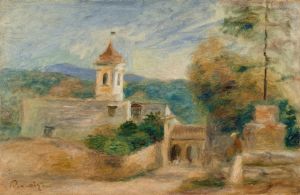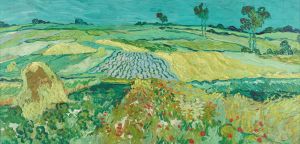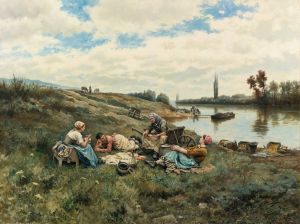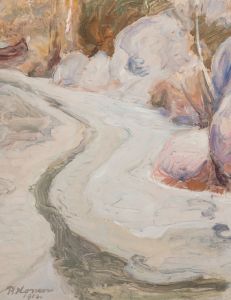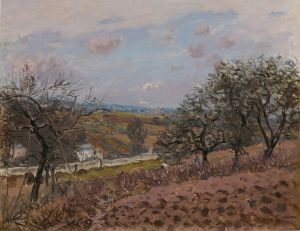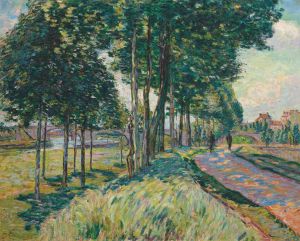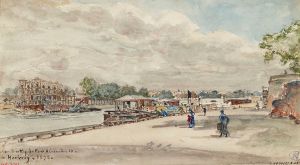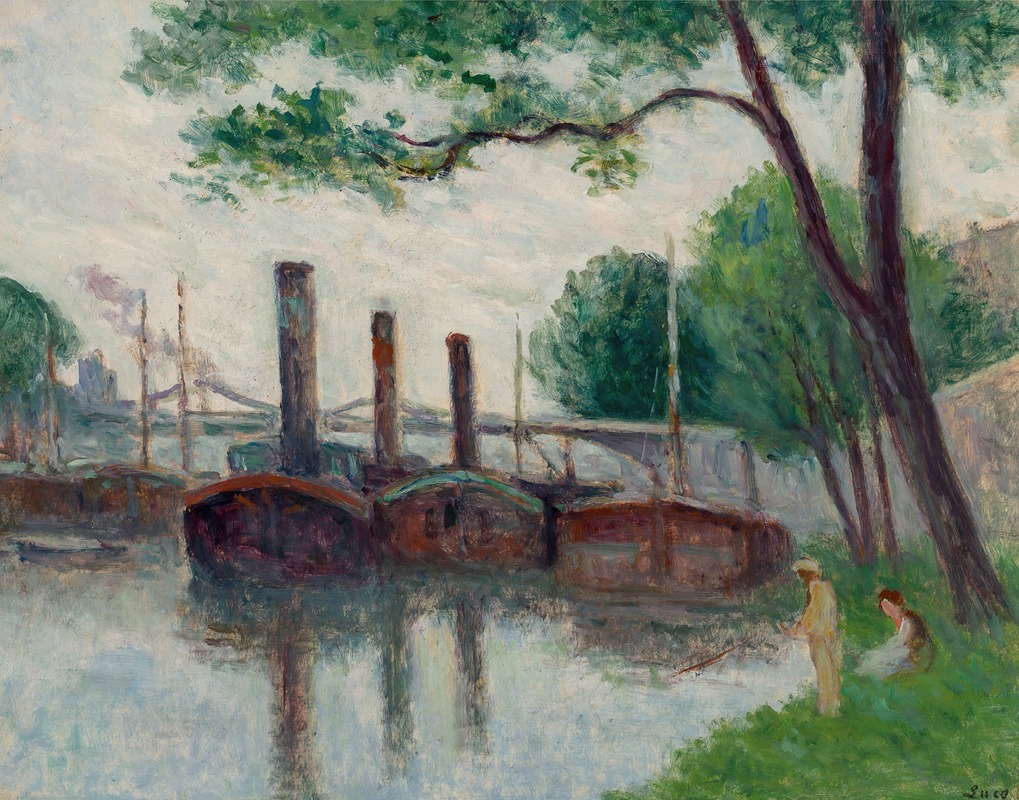
Les bords de la Seine près de la Roche-Guyon
A hand-painted replica of Maximilien Luce’s masterpiece Les bords de la Seine près de la Roche-Guyon, meticulously crafted by professional artists to capture the true essence of the original. Each piece is created with museum-quality canvas and rare mineral pigments, carefully painted by experienced artists with delicate brushstrokes and rich, layered colors to perfectly recreate the texture of the original artwork. Unlike machine-printed reproductions, this hand-painted version brings the painting to life, infused with the artist’s emotions and skill in every stroke. Whether for personal collection or home decoration, it instantly elevates the artistic atmosphere of any space.
Maximilien Luce's painting Les bords de la Seine près de la Roche-Guyon (translated as The Banks of the Seine near La Roche-Guyon) is a notable work by the French Neo-Impressionist artist. Luce, born in 1858 and active until his death in 1941, was a prominent figure in the Neo-Impressionist movement, which emphasized the use of pointillism and divisionism to create vibrant, light-filled compositions. His works often depicted landscapes, urban scenes, and the lives of working-class individuals, reflecting both his artistic interests and his political leanings as an anarchist.
This particular painting captures a serene view of the Seine River near the village of La Roche-Guyon, located in the Île-de-France region of northern France. La Roche-Guyon is known for its picturesque landscapes, including the Seine's winding banks, lush greenery, and the historic Château de La Roche-Guyon. The area has long been a source of inspiration for artists due to its natural beauty and tranquil atmosphere.
In Les bords de la Seine près de la Roche-Guyon, Luce employs his characteristic Neo-Impressionist technique, using small, distinct brushstrokes and a vibrant color palette to convey the interplay of light and shadow on the water and surrounding landscape. The painting exemplifies Luce's mastery of capturing the effects of light and atmosphere, a hallmark of the Neo-Impressionist style. The composition likely reflects Luce's interest in depicting the harmony between nature and human presence, as the Seine River has historically been a vital lifeline for the communities along its banks.
While the exact date of the painting's creation is not specified, it is consistent with Luce's broader body of work, which often focused on rural and urban landscapes in France. His artistic approach was heavily influenced by Georges Seurat and Paul Signac, the pioneers of Neo-Impressionism, and he became an active participant in the movement, contributing to its development and dissemination.
The painting is housed in the collection of the Musée d'Orsay in Paris, a museum renowned for its extensive holdings of 19th-century art, including works by Impressionist and Post-Impressionist artists. The inclusion of Luce's work in this prestigious collection underscores his significance within the broader context of French art history.
Les bords de la Seine près de la Roche-Guyon remains an enduring example of Maximilien Luce's ability to blend technical precision with a deep appreciation for the natural world, making it a valuable contribution to the Neo-Impressionist canon.






